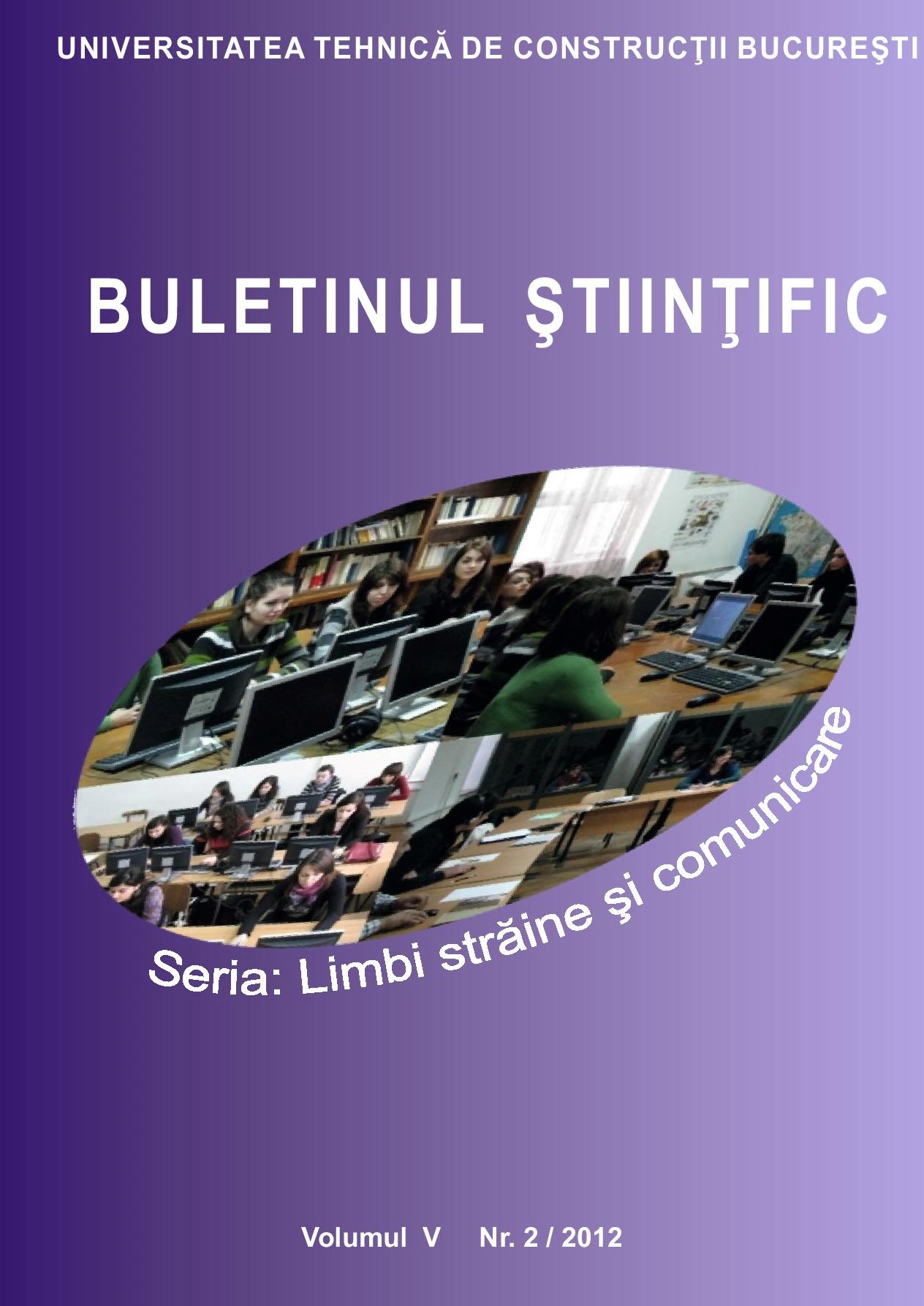POSTMODERN CARNIVALIZATION AND INTERTEXTUAL DIALOGUE IN BAZ LUHRMANN’S FILM, ROMEO+JULIET
POSTMODERN CARNIVALIZATION AND INTERTEXTUAL DIALOGUE IN BAZ LUHRMANN’S FILM, ROMEO+JULIET
Author(s): Irina-Ioana SpataruSubject(s): Language studies, Theatre, Dance, Performing Arts, Language and Literature Studies, Visual Arts, Theoretical Linguistics, Applied Linguistics, Film / Cinema / Cinematography, Philology, Translation Studies
Published by: Editura Conspress
Keywords: version; carnival; intertextuality; copy
Summary/Abstract: The recent definitions of cinema versions have proved the complexity of the production and reception of the movie, in contrast with earlier theories, which considered that the literary versions were inferior to the original. From the viewpoint of new approaches, the movie not only enriches the substance of the original text, but also offer the viewer the occasion of a dialogue with a cultural product. In what the Shakespearian versions are concerned, the intertextuality, the parody, the copy and other postmodern features become more visible, unchaining the Bard’s status and determining a new re-reading of his plays, more attractive for a young audience. This study focuses on the postmodern features of carnival and intertextual dialogue in William Shakespeare’s Romeo and Juliet, as presented by Baz Luhrmann. The first part of the study identifies carnival elements in the text transformation for the screes. The second part describes the intertextual relationships which turn Romeo and Juliet into one of the most complex cinema versions made by a canonic author.
- Issue Year: V/2012
- Issue No: 2
- Page Range: 73-78
- Page Count: 6
- Language: English

